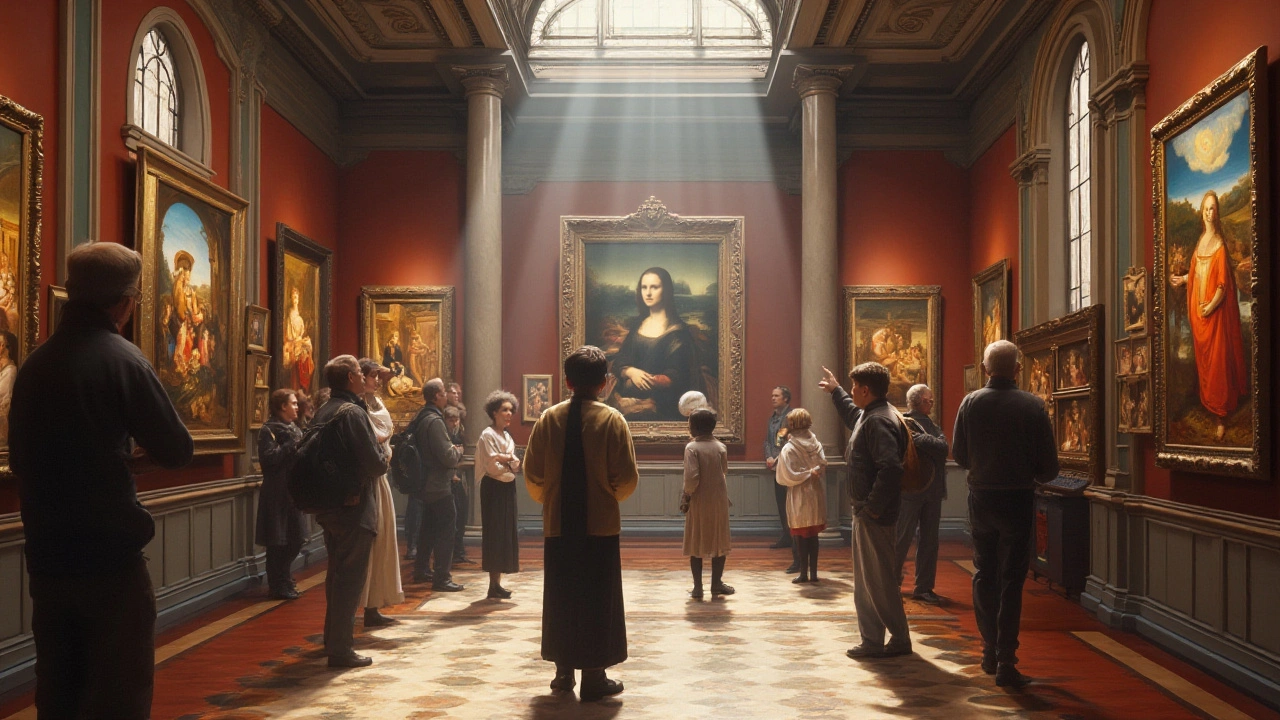Renaissance Art offers a fascinating view into a time when creativity flourished and boundaries were pushed. This article delves into the key aspects of the Renaissance period, highlighting the significant artists, artistic techniques, and cultural influences that shaped this extraordinary era. Learn about the impact of Renaissance art on modern times and discover tips for appreciating these historical masterpieces.
Classic Art: How to Recognize Timeless Styles Fast
You probably pass classic art every day—on buildings, in museums, even in furniture—without knowing the style names. Classic art covers a wide range: from Roman arches and Greek columns to Baroque drama and Beaux‑Arts grandeur. This page will give clear, practical tips to tell these styles apart and quickly use what you learn, whether you’re studying, traveling, or planning a design project.
Spot the style: fast visual cues
Want a quick trick? Look for structure first. Ancient Roman and Greek-derived styles favor arches, vaults, and columns. Greek Revival uses plain, strong columns and triangular pediments—think temple fronts. Roman work adds arches, domes, and heavy masonry. If you see sweeping domes or layered vaults, Roman influence is likely.
Next, check ornament and mood. Baroque screams movement and drama: curves, heavy decoration, and theatrical light. Renaissance brings balance and human-scale proportions—symmetry, clear geometry, and classical orders (Doric, Ionic, Corinthian). Beaux‑Arts combines both grandeur and fine detail: large public buildings with sculpted facades, grand stairways, and formal symmetry.
Materials tell stories too. Look for brick and sash windows in Georgian buildings, smooth stone with carved detail in Beaux‑Arts, and exposed steel and glass in later high-tech styles. Colonial buildings often mix local materials with the colonizer’s details—watch for hybrid features that give clues about cultural exchange.
Use classic art in real life
Studying these cues helps you in three practical ways. First, when you travel, you’ll spot influences—like a Greek Revival courthouse or a Beaux‑Arts train station—without a guidebook. Second, if you’re restoring or renovating a historic home, knowing the style tells you which details to keep: window types, cornice lines, and trim patterns matter. Third, for modern design, borrow one clear element—columns, cornices, or ornate door surrounds—and mix it with simple modern materials for balance.
Want a hands-on exercise? Pick a neighborhood block and identify three buildings: note the columns, window shapes, rooflines, and ornament. Photograph those features and label them: 'Doric column,' 'arched window,' 'symmetrical facade.' Doing this trains your eye far faster than reading alone.
Last practical tip: when researching a building, search for the architect or the construction date. Architects often follow a clear style during certain periods (Renaissance Revival in the 19th century, Beaux‑Arts around world fairs). Dates and names narrow down what features to expect and which preservation rules may apply.
Classic art styles are tools, not museum objects. Learn a few visual rules, practice on real buildings, and you’ll start spotting historical layers and design choices everywhere. That makes cities richer to walk through and gives you real skills for design and restoration work.

